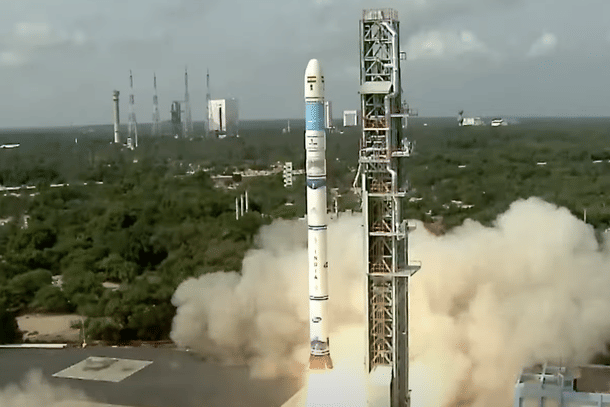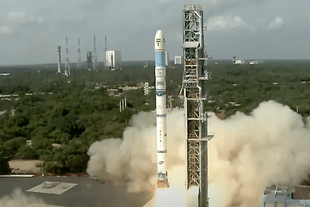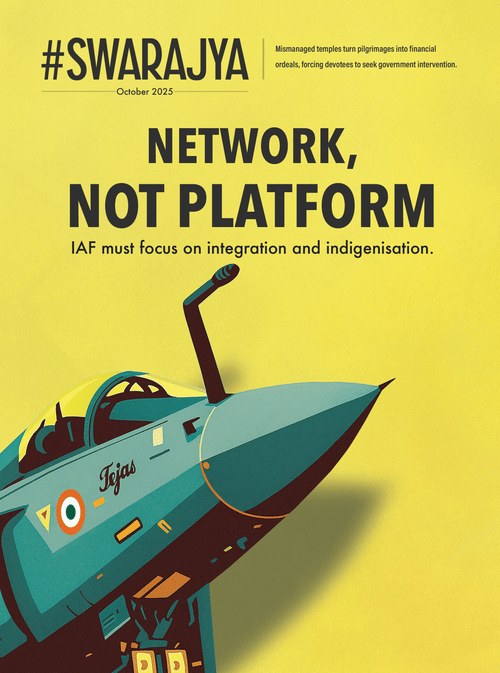Science
India's Satellite Launch Capacity Gets Big Push As ISRO Inks Technology Transfer Pact With HAL For SSLV Production
Arun Dhital
Sep 10, 2025, 04:33 PM | Updated 04:33 PM IST
Save & read from anywhere!
Bookmark stories for easy access on any device or the Swarajya app.


India’s space sector achieved a major milestone with the signing of the 100th technology transfer agreement.
The Indian Space Research Organisation (ISRO), along with Indian National Space Promotion and Authorisation Centre (IN-SPACe) and NewSpace India Limited (NSIL), inked a deal with Hindustan Aeronautics Limited (HAL) for the production of the Small Satellite Launch Vehicle (SSLV), News18 reported.
Facilitated by IN-SPACe, the agreement aims to democratise the SSLV market and expand India’s capacity to meet rising satellite launch demand.
ISRO Chairman and Secretary, Department of Space, V Narayanan, said, “With India’s liberalisation of the commercial space sector, opportunities are certainly growing. This agreement is part of that movement, where ISRO will guide the HAL team on the preparedness-to-flight tangent of SSLV.”
Also Read: Bihar: 10 Prison Escapees From Nepal Detained At Border, Including Two Indians
Bengaluru-based HAL had earlier won a landmark contract on 20 June through a competitive bidding process to build, launch and market SSLVs. Designed by ISRO, the rocket can carry up to 500 kg payloads, mini, micro and nano satellites, into low Earth orbit.
SSLVs are designed for affordability, rapid turnaround and on-demand global launches.
The technology transfer will be completed within 24 months.
ISRO will provide training to HAL in mastering SSLV technology and extend support for its initial two missions.
Calling it the most complex transfer undertaken so far, IN-SPACe Chairman Pawan Kumar Goenka said, “With this transfer, HAL will now independently take up the realisation of SSLV and cater to both domestic and international markets.”
HAL CMD Dr DK Sunil said the company was honoured to be part of the initiative to scale India’s next big frontiers with the SSLV technology. He noted that by partnering with ISRO, NSIL and IN-SPACe, HAL would work to operationalise the launcher.
The company aims to build two prototypes within the next two years and expand production to 6-12 SSLVs annually by 2027.
Please click here to add Swarajya as your preferred and trusted news source on Google.





